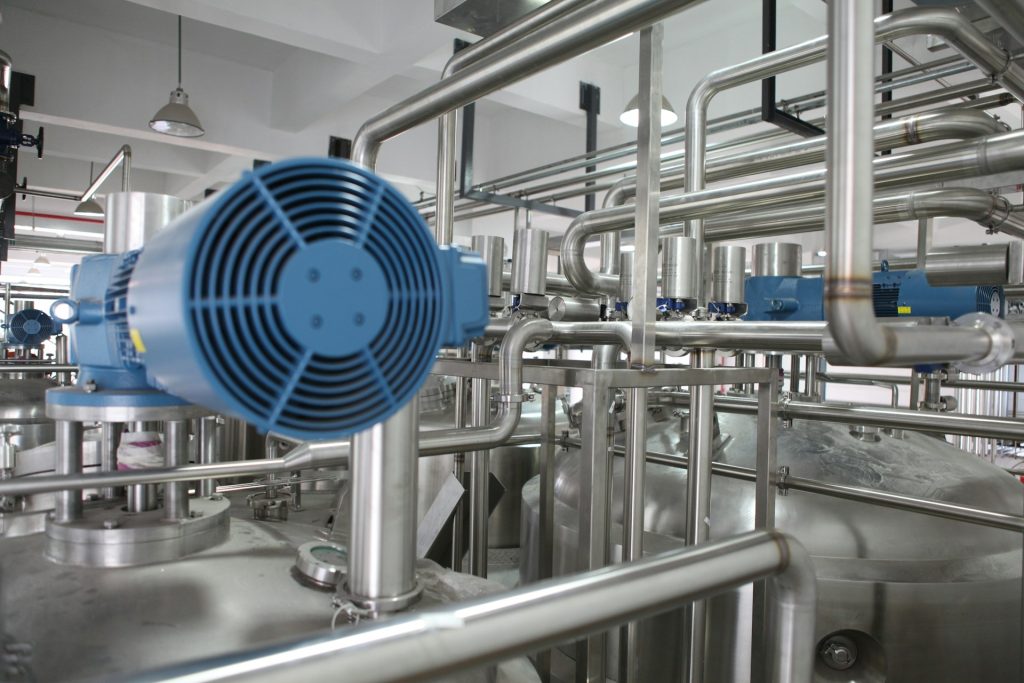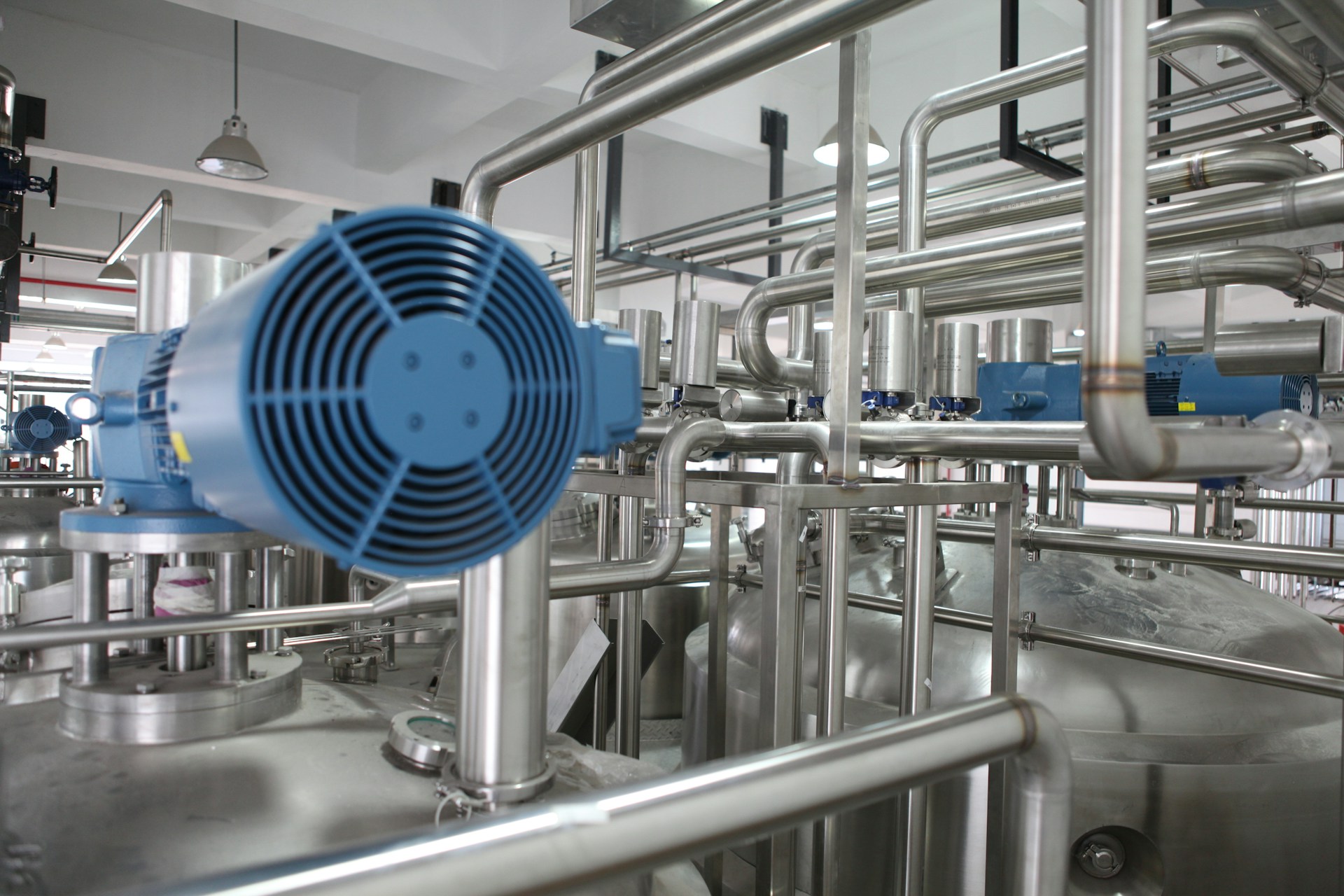Water is one of the most critical resources in any industrial setting. Yet, it’s often the most wasted. With increasing pressure on global freshwater supplies, the push to conserve water and reduce industrial waste isn’t just about saving money, it’s about sustaining operations and protecting the planet.
Fortunately, improving water efficiency doesn’t always mean major overhauls. With the right water treatment strategies, you can drastically cut water waste and protect your equipment, all while lowering costs.

Why Industrial Water Waste Is a Silent Profit Killer
Many factories and plants lose thousands of litres of water each week due to inefficient practices. These losses aren’t always obvious. They build up through unnoticed leaks, outdated cooling towers, poorly treated feedwater, and sludge-heavy discharge systems.
What’s worse is that untreated or poorly treated water can damage key equipment. Corrosion, scaling, and biological fouling silently reduce system efficiency, force early equipment replacement, and increase energy costs.
How Better Water Treatment Saves More Than Just Water
Effective water treatment does far more than meet environmental regulations. It enhances productivity, extends equipment life, and reduces energy consumption.
For example, treating boiler feedwater properly helps prevent scale buildup, which drastically lowers heat transfer efficiency. Even a thin layer of scale, just 1 mm, can increase fuel use by over 10%.
Good treatment also means cleaner wastewater. Cleaner discharge often translates to lower environmental penalties and reduced chemical usage, giving your operations a reputational and cost edge.
Real Ways to Cut Water Use Instantly
If you’re looking to slash waste and improve your water usage immediately, here’s where to start:
1. Audit Your System Regularly
Water audits are crucial. They help identify waste points, such as leaks, overflows, or outdated processes. These audits can uncover major savings opportunities by fixing what you can’t see during daily operations.
2. Upgrade Your Cooling Towers
Cooling towers can be massive water wasters. Older systems often overuse water and chemicals. Upgrading to more efficient models or retrofitting with smarter controls can reduce blowdown and water losses significantly.
3. Recycle and Reuse Water
Setting up closed-loop systems or gray water reuse solutions reduces the need for freshwater intake. In many industries, processed water can be reused for cooling, flushing, or even cleaning operations.
4. Improve Pretreatment
Using filtration, softening, and reverse osmosis at the entry point can dramatically reduce fouling and scale in downstream systems. This means less blowdown, fewer shutdowns, and longer asset life.
5. Install Smart Monitoring Tools
Modern digital meters and analyzers allow real-time monitoring of water quality and flow. This helps detect irregularities quickly, before they become expensive problems.
6. Optimize Chemical Dosing
Overdosing or underdosing chemicals can waste water and damage systems. Automated chemical feed controllers ensure precise dosage based on actual demand, avoiding unnecessary waste and extending system life.
How Spenomatic Kenya Helps Industries Optimize Water
At Spenomatic Kenya, we’ve worked with hundreds of industrial clients to build smart, sustainable water treatment solutions. Our approach begins with a deep understanding of your plant’s water behavior, both in and out.
From designing custom treatment plants to integrating automation systems for dosing and monitoring, we help industries cut waste and reduce operational costs. We also provide on-site training and audits to make sure your team understands how to maintain efficiency long after installation.
We’ve seen firsthand how even small changes can create significant savings. For instance, one of our clients cut 30% of their water losses just by upgrading their pretreatment system and introducing reuse protocols.
Futureproofing Your Operations
With Kenya’s water resources under increasing stress, industries need to be proactive. New regulations and higher tariffs will likely continue to push businesses toward efficiency and accountability.
Investing in water treatment today is about building a resilient operation that’s ready for tomorrow. It’s not just a compliance checkbox; it’s a competitive advantage.
Conclusion
Water conservation and waste reduction don’t have to be slow or complicated. With the right water treatment strategy and tools, industries in Kenya and across the region can start seeing results almost instantly. You’ll save water, cut costs, protect equipment, and improve your brand’s sustainability profile, all at the same time.
The key is to stop seeing water as just another utility. It’s a resource worth managing intelligently, and with Spenomatic Kenya, you don’t have to do it alone.
FAQs
- How does water treatment reduce industrial waste?
Water treatment removes impurities that lead to scaling, corrosion, and sludge formation. This prevents excessive blowdown and chemical waste while extending system efficiency. - What is the ROI of investing in industrial water treatment?
A well-designed treatment system can pay for itself in under two years through savings in water, energy, maintenance, and downtime. - Can treated water be reused in the plant?
Yes. Many industries now reuse treated water for non-critical operations such as cooling, flushing, and cleaning, reducing total freshwater intake. - What’s the biggest mistake companies make with water use?
The biggest issue is usually a lack of monitoring. Without accurate data, many companies either overtreat or undertreat their water, both of which waste money and resources. - How can Spenomatic Kenya help reduce my plant’s water waste?
We assess your current setup, identify inefficiencies, and provide tailored water treatment solutions. From equipment to support, we guide you toward long-term water savings.

